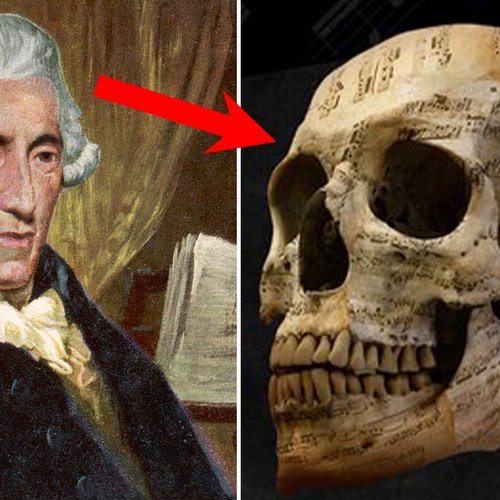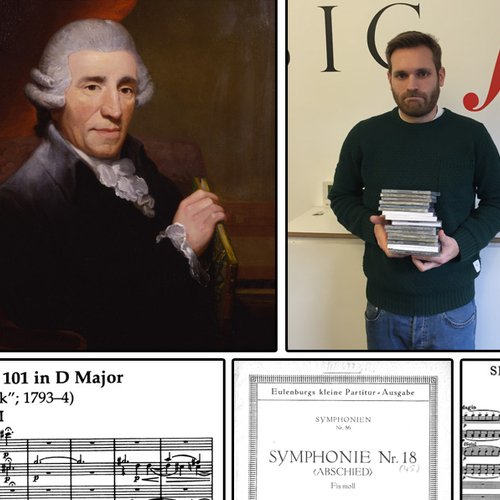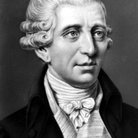This piece by Haydn sounds exactly the same played backwards as it does forwards
29 October 2024, 13:45

Joseph Haydn nicknamed his Symphony No. 47 ‘The Palindrome’ because he used a neat bit of musical trickery to create a piece that’s perfectly symmetrical.
Listen to this article
However great a piece of music is, it usually doesn’t sound so great when it is played backwards. In fact, in the past there has been something of a cult of reversing music in order to hear messages from the other world, with megafans of The Beatles claiming to hear messages relating to Paul McCartney’s death when reversing songs from their albums.
In the case of Haydn though, the opportunity to create a piece of music that was meant to be played backwards proved to be the perfect way to showcase his creative talents.
Read More: 10 greatest pieces of classical music by Haydn
In the Minuet and Trio from his Symphony No.47 – nicknamed ‘The Palindrome’ – Haydn created a piece that is perfectly symmetrical, with the second part of the Minuet having the same music as the first part, but in reverse. And the same thing happens in the Trio.
Here’s the score of the melody from the minuet to demonstrate:

Symphony № 47. “The Palindrome” Visualized. Franz Joseph Haydn
And just in case you’re in any doubt that the piece *is* actually a palindrome, a Haydn fanatic on youtube has actually reversed the audio, just to prove the whole Minuet and Trio is really and truly the same backwards as it is forwards.

Haydn's Palindrome - audio reversed
Throughout his career, Haydn developed a reputation as a bit of a musical trickster – his ‘Surprise’ Symphony was designed to wake up audience members who chose to doze through his musical creations.
He also wrote ‘The Joke’ String Quartet which has a couple of ‘fake’ endings to trick unsuspecting audience members into applauding too early, and the ‘Farewell’ Symphony to persuade his boss, Prince Esterházy, to allow his musicians to return home to their families.











